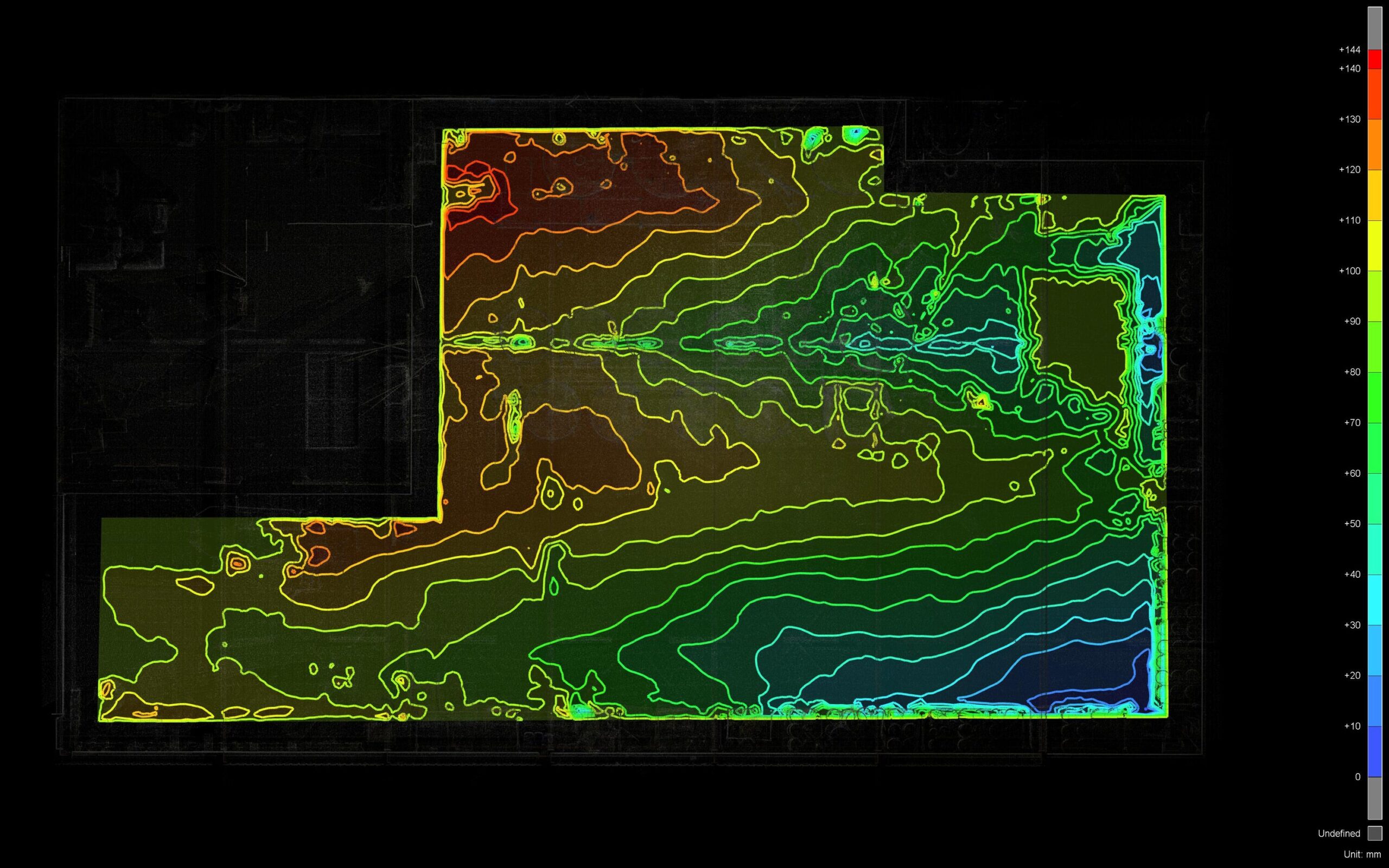Profit margins are tight in construction, and unexpected conditions and construction errors can lead to schedule delays, safety risks and cost overruns.
By investing in a laser scanner, you can get a detailed understanding of project conditions before and during construction. This ultimately helps you as a general contractor build the best product for the owner as efficiently as possible so you can be more profitable.
Your increases in productivity combined with a reduction in unexpected costs from one project alone can pay for the purchase of a laser scanner. But in case you need more convincing, here are five ways a laser scanner can generate a quick return on your investment.
1. Expose the wide — and potentially expensive — unknown
For the countless projects that aren’t new construction on a greenfield, you need to know what you’ll be demolishing, updating, or tying into. Even if you are lucky enough to have a set of drawings or plans of the existing infrastructure, you might not know the level of accuracy of those plans.
For example, missing documentation on systems in a recent $100 million building renovation for a research facility left a lot of questions for the general contractor. The design team couldn’t make a decision on other items until they had all the details on the existing systems.
Capturing the systems and surrounding conditions with laser scanning allowed the design team to proceed with an up-to-date model that likely saved them from numerous RFIs, change orders and schedule delays.
2. Show what’s buildable — and what’s not
Though the design model provides a representation of the intended outcome, the means and methods are left to general contractors. As such, you need to verify the project’s feasibility, including how your tradespeople will be constructing into, above, below or around existing infrastructure, before kicking off construction. If the design model was not based on a laser scan, this would be a good time to capture the site.
For the $100 million research facility mentioned above, laser scanning was critical to convincing the owner that constructing around an existing fiber-optic network serving surrounding healthcare buildings was not feasible. The laser scanned point cloud showed exactly why the design wouldn’t work, preventing the team from experiencing unnecessary delays due to miscommunication, the discovery of problems during installation, or worse, proceeding with the work only to have to tear it out and start from square one.
3. Accelerate quality control checks
No matter your experience, eyeballing whether a pipe or duct is at the correct angle or whether a floor is perfectly level is nearly impossible. A laser scanner can be your digital assistant, providing visual overlays of the federated trade model against as-built conditions and checking floor flatness automatically.

4. Support an efficient project hand-off
Many project contracts require you to turn over accurate as-built documentation to the owner to inform future operations, maintenance, and renovation.
If you have been updating the model with laser scans at construction milestones, you might not have to spend what’s left of your construction budget documenting what has been built. Any changes made in the field can be quickly identified by comparing the coordinated model with the laser scan data to ensure your final model matches real-world conditions.
Realistically speaking, the only way to find the differences efficiently is through a laser scan.
5. Create a new revenue stream
Not only can laser scanning save your business money through increased productivity and cost avoidance, but it can also become an additional revenue stream. By developing your skills in 3D reality capture technologies, you can provide laser scanning services to architects and engineers, delivering the data they need to develop their design.
The result will be a more accurate bid set for GCs and, ultimately, a more profitable project for everyone.
To explore laser scanning solutions and discuss your needs with a building construction specialist, contact us.






